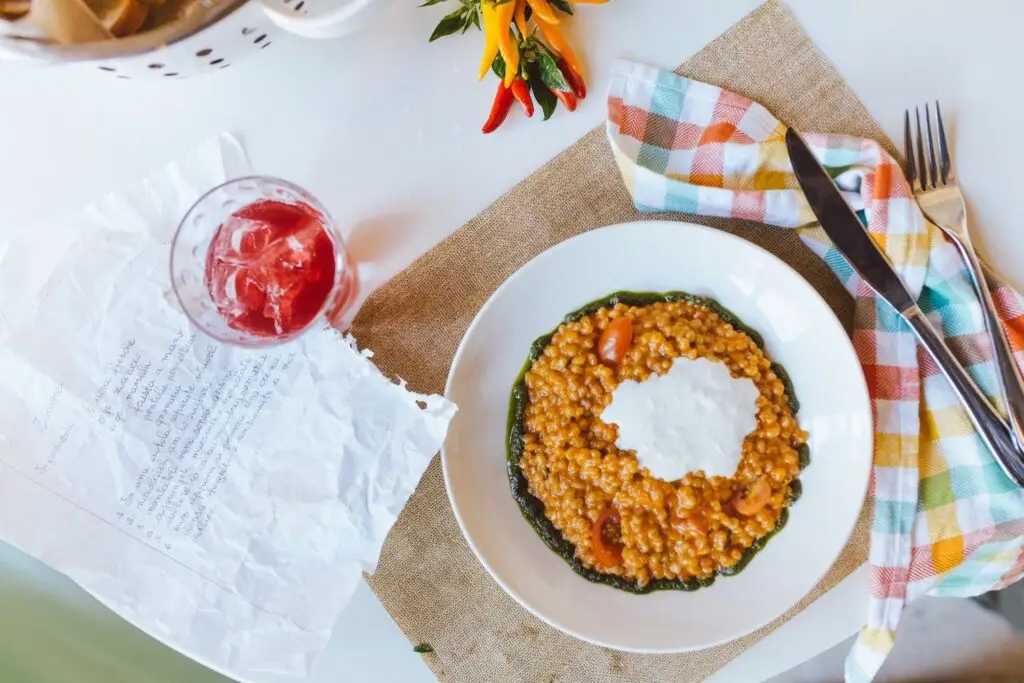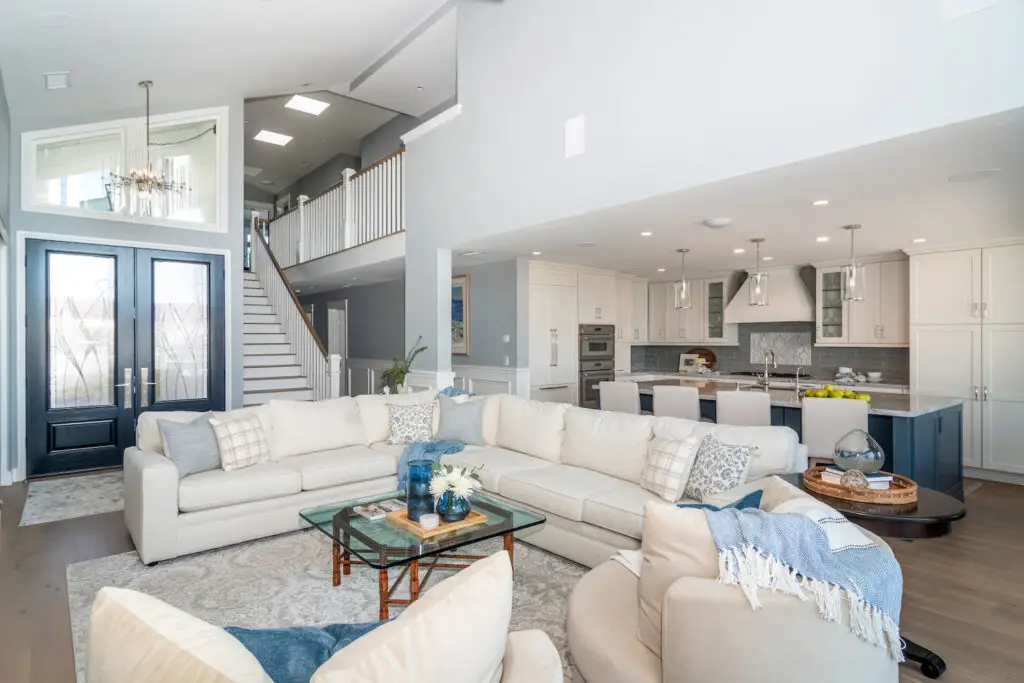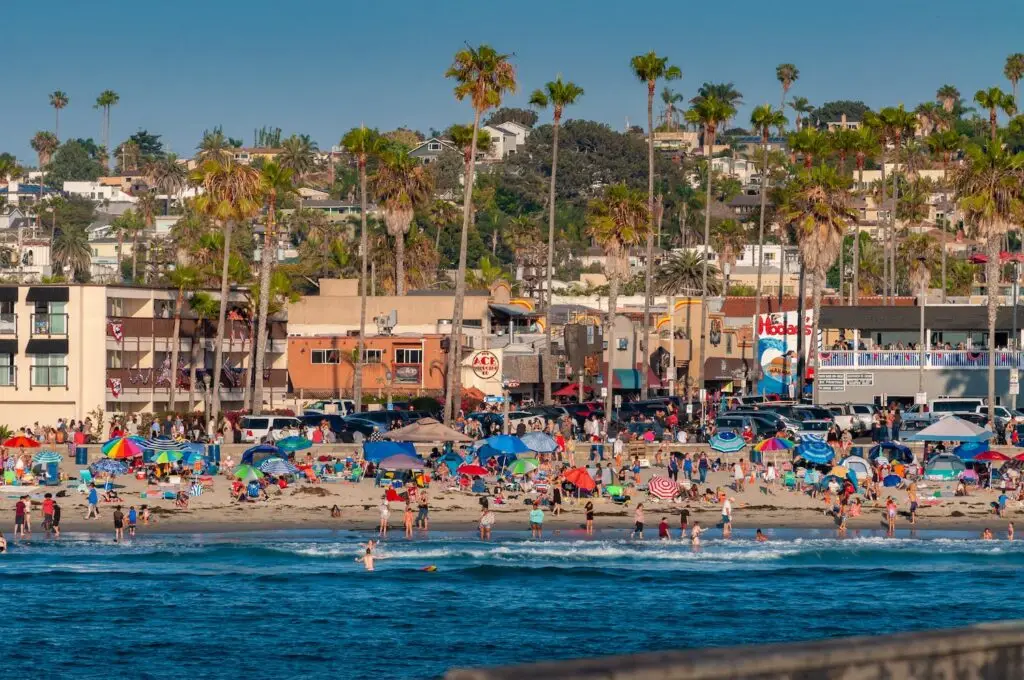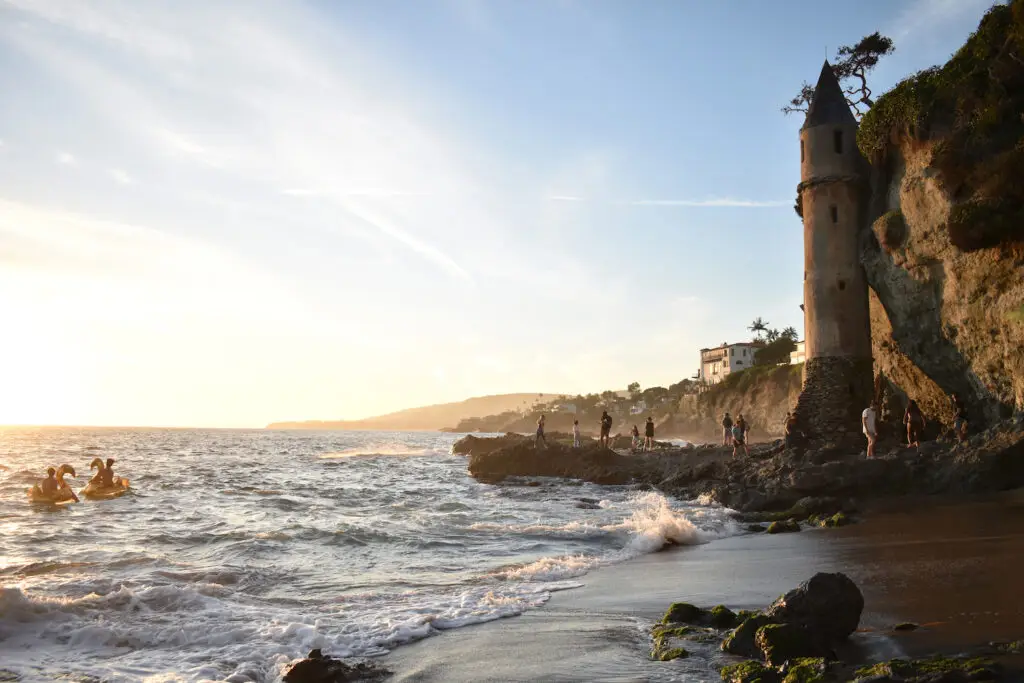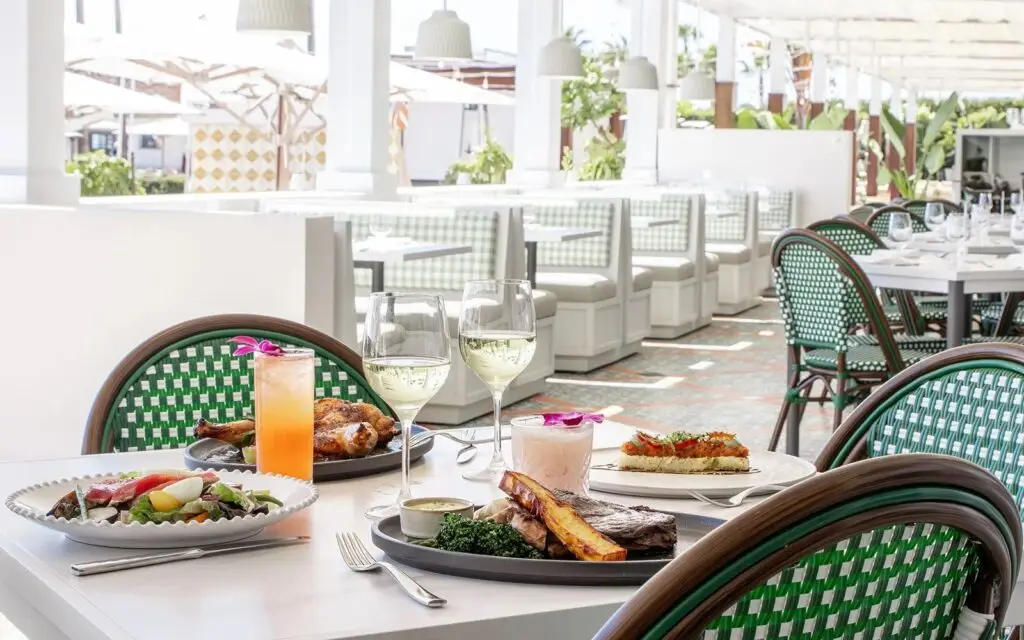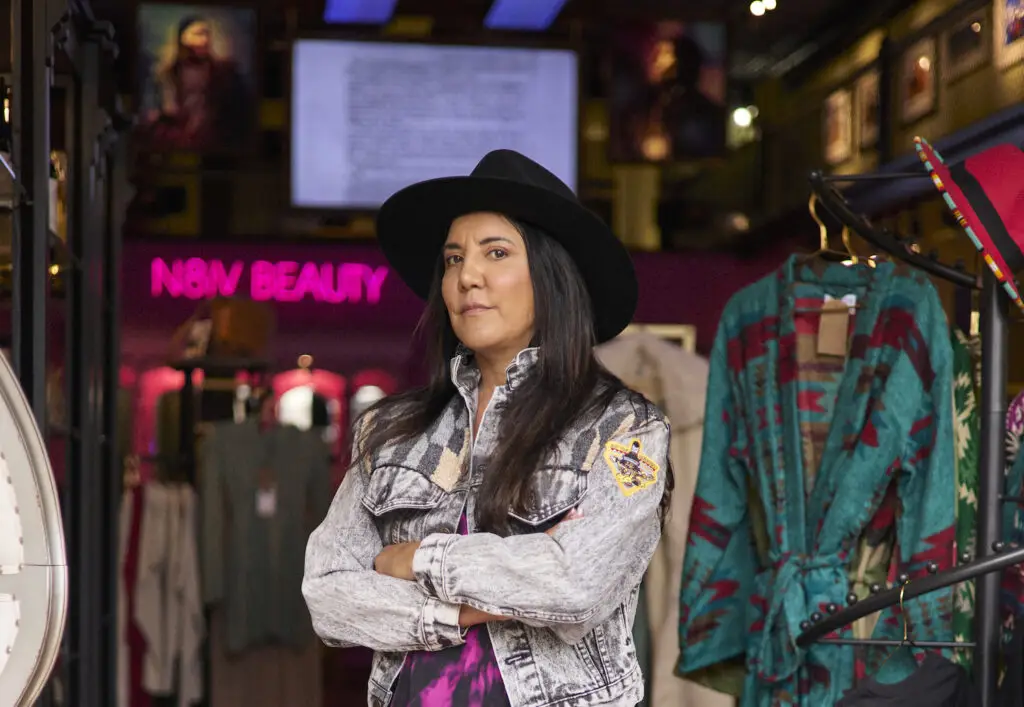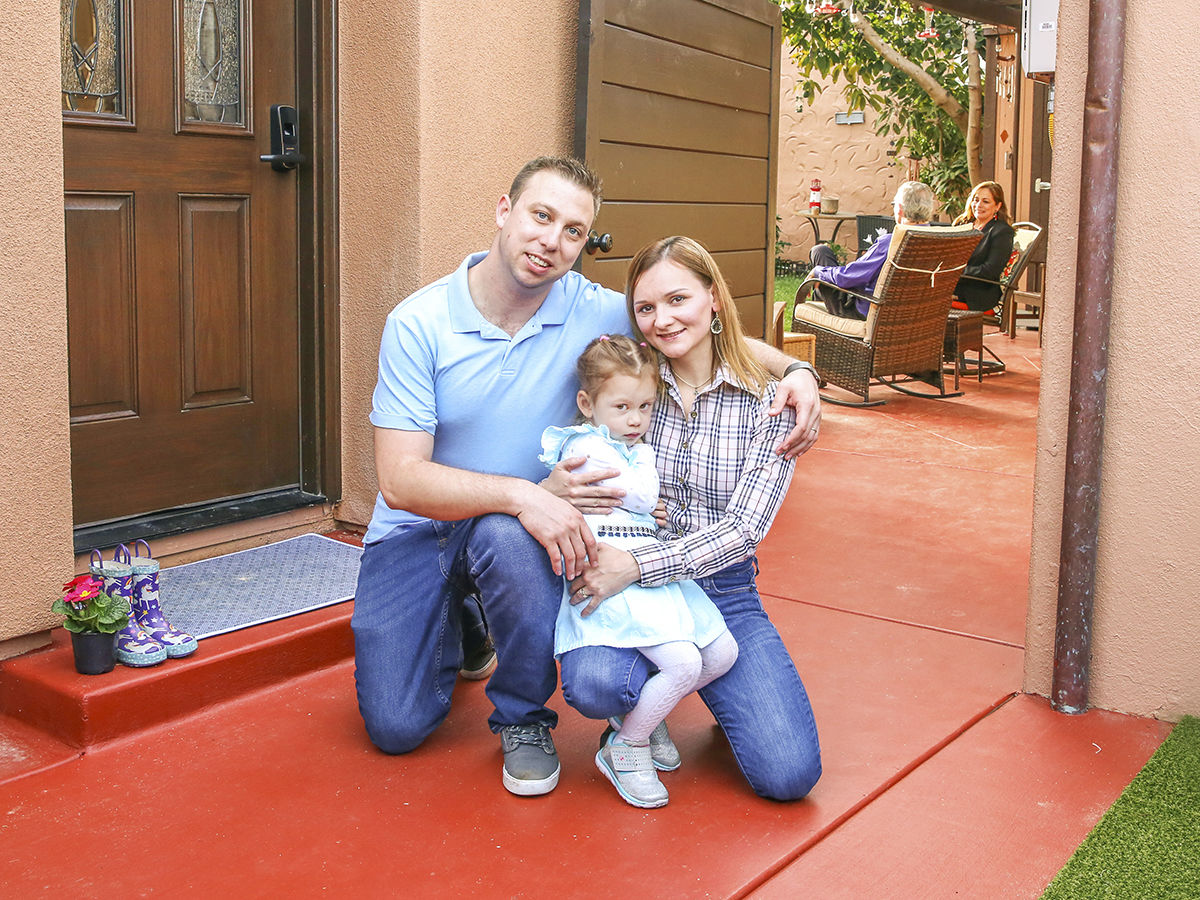A new spin on an old idea has emerged as a possible answer to San Diego’s affordable housing issues: building more accessory dwelling units. Also called granny flats, casitas, or companion units, ADUs are a second small home or apartment on an existing single-family lot separate from the main house. Nationally, ADUs have been touted as a fast and affordable way to increase the housing stock in cities, but for many years it wasn’t easy to build one in San Diego. New state and local laws enacted in 2016 radically changed this, and in 2018, the city of San Diego rolled out permit-ready blueprint guidelines for homeowners to build an ADU on their property, and drastically reduced the fees to do so.
“Depending on the size and type of construction, and permitting and inspection costs, recovery fees can be as low as $2,000 per application. Previously, the cost was between $20,000 and $30,000,” says Gary Geiler, deputy director of San Diego’s Development Services Department.
The building trend is catching on. In 2016, the city received only 19 applications from homeowners wanting to build an ADU. In 2019, nearly 600 came in. Geiler says this boom has been happening citywide, and they anticipate issuing 400 to 500 more permits this year.
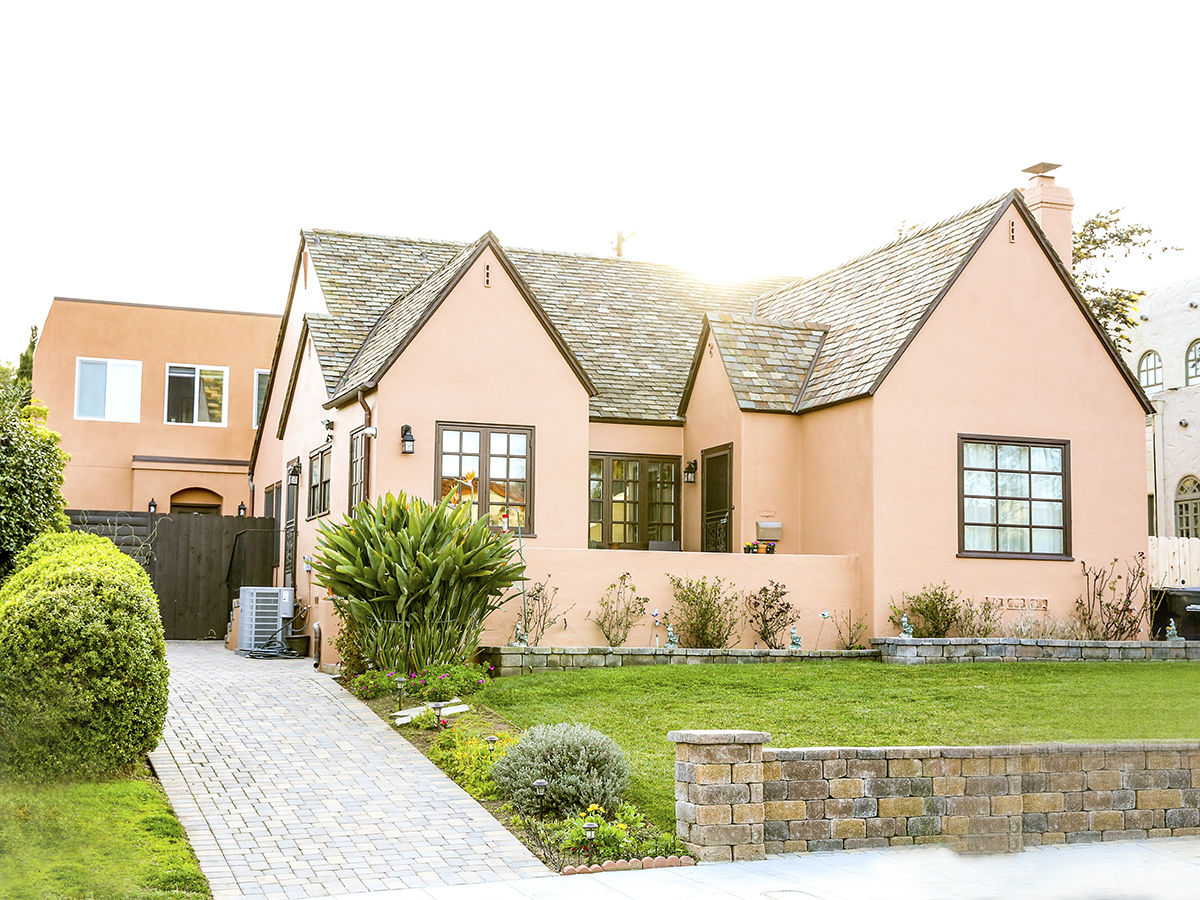
On the right stands Stephanie and Don’s original house with Tatiana and Steven’s recently constructed ADU to the left.
Photo Credit: Madison Parker
The Starks family in Point Loma took advantage of the new laws and is now a model for how the ADU living situation can work. Steven and his wife, Tatiana, and their three-year-old daughter, Elizabeth, live in a small two-story home that was built on Steven’s parents’ lot.
Steven and Tatiana met when they both lived in Guangzhou, China, working in the Chimelong Circus—he as a springboard diver, she as an aerial gymnast. They got married, and when Elizabeth was about a year old, they moved in with Steven’s parents, Don and Stephanie.
As the couple searched the county for a home to buy, they had found a townhouse in La Mesa that was within their budget. But Steven says when he looked into getting a loan and started crunching the numbers, the townhouse would’ve been costly in other ways: a long commute, childcare, taxes, HOA fees. And since the Starks are a literal family circus, they had a unique requirement for their new home: a backyard that could accommodate a 13-foot-tall aerial rig that Tatiana uses to practice (without a safety net) when she’s not coaching at the San Diego Circus Center. “You know how HOAs are; they’re not going to let anyone have that in their backyard!” Stephanie jokes.
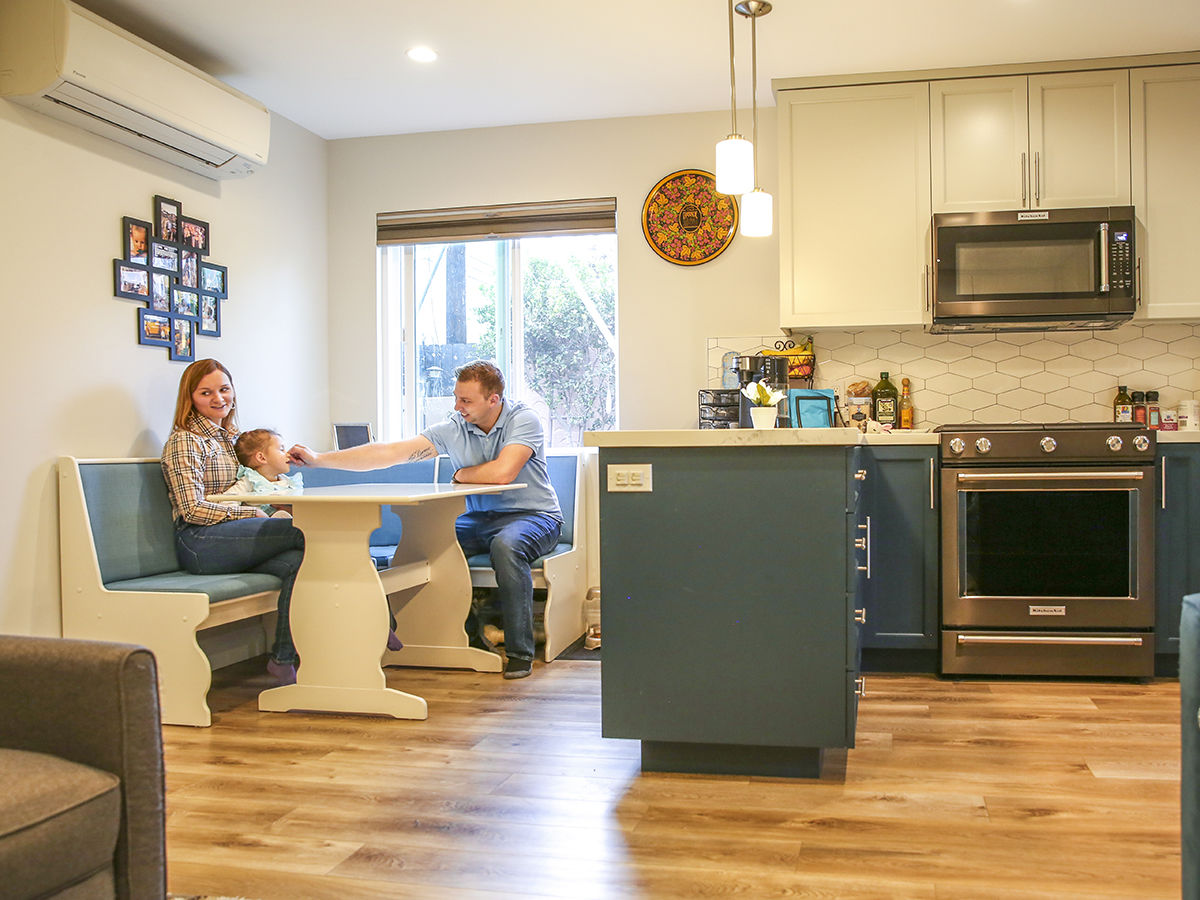
Photo Credit: Madison Parker
Steven says the inspiration to build an ADU happened during a moment of frustration, when he thought, I’ll just live in the garage. He started doing research and found news articles about the city eliminating the development fees to build an ADU. When he fell down that rabbit hole, he discovered that demolishing the garage in his parents’ backyard and building a self-sufficient, two-story home in its place would cost just 30 percent as much as purchasing the La Mesa townhouse.
It required a construction and remodel loan—significantly less than a loan for a $400,000 home. “At first, I didn’t want it to make sense, and I didn’t want to do it,” Steven admits. “But this was the best option to avoid being house poor in San Diego.”
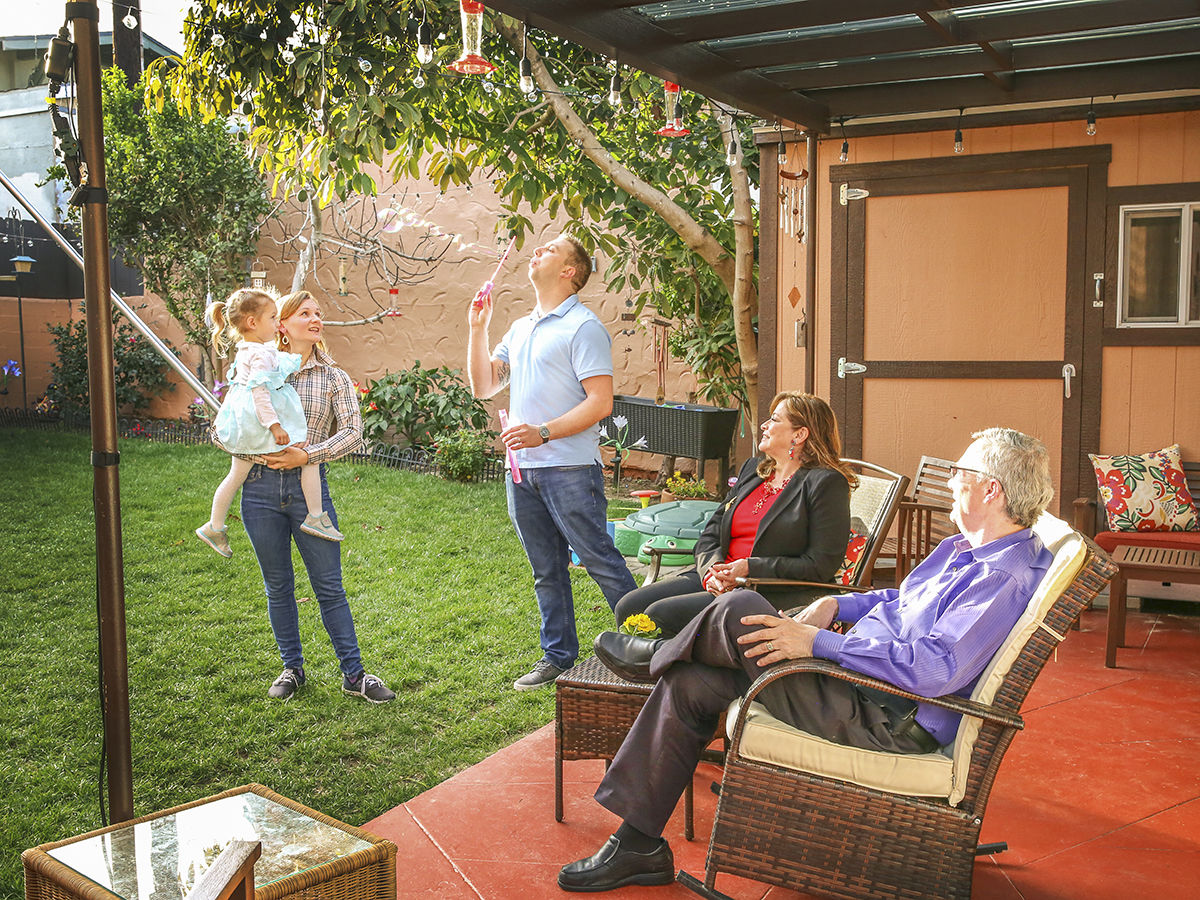
Photo Credit: Madison Parker
Gregg Cantor of Murray Lampert, a design-build firm that specializes in building ADUs from the ground up, demoed the garage and designed a 956-square-foot home for the young family. “There’s no shared kitchen and no shared laundry. We already did that for two years,” Stephanie laughs. The home has its own entrance, and there’s a gate dividing Steven and Tatiana’s front door from their parents’ patio. “Sometimes I won’t see them for a few days at a time,” Stephanie says. And since they built up, there’s still plenty of room in the backyard for the aerial rig.
After more than six months of construction, Steven and Tatiana moved into their new home in September 2019. He says he’s happy with his decision and thinks it was the right one. “I guess I just had to go big, to go home.”
